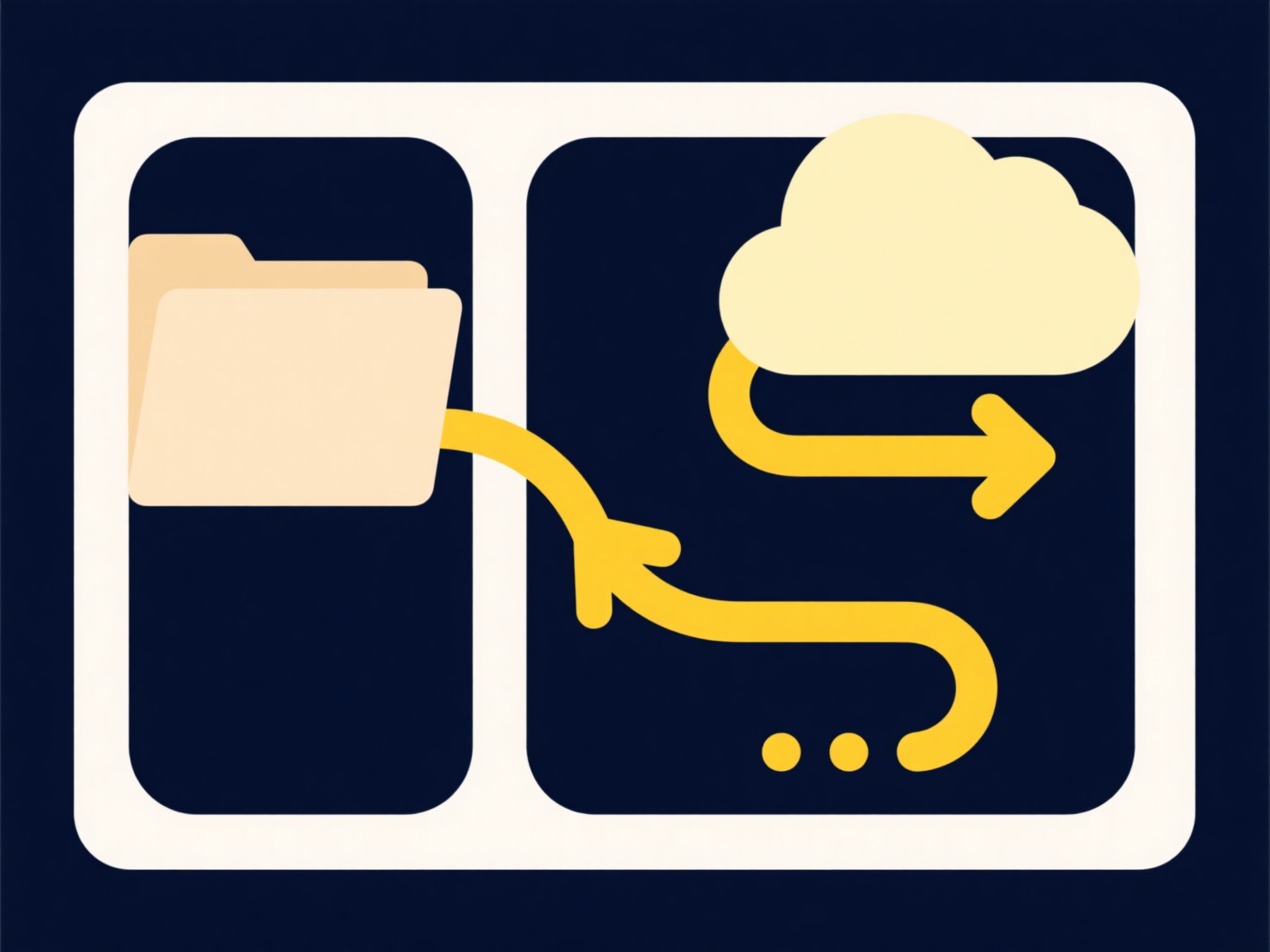
Shared file protection refers to security measures that prevent unauthorized users from deleting files in shared locations like cloud drives or network folders. Unlike read-only restrictions, deletion protection specifically controls the ability to remove files permanently. This is achieved through granular permissions managed by administrators, limiting delete actions to designated users or roles.

In practice, platforms like Google Drive allow sharing files as "Viewer" or "Commenter," preventing deletion rights entirely. Similarly, enterprise NAS systems enable administrators to assign specific folders as "delete-restricted" for teams, letting contributors add files while only managers remove outdated content. Creative agencies often use this to safeguard project assets stored in shared Adobe Cloud Libraries.
Key advantages include preventing accidental data loss and intentional sabotage. However, limitations exist: determined admins can override settings, and sophisticated ransomware may bypass restrictions. Ethically, organizations should audit access levels to balance security with usability. Future systems increasingly integrate permission-based protection with automated version backups, reducing reliance on single-file safeguards while improving resilience.
Can shared files be protected from deletion?
Shared file protection refers to security measures that prevent unauthorized users from deleting files in shared locations like cloud drives or network folders. Unlike read-only restrictions, deletion protection specifically controls the ability to remove files permanently. This is achieved through granular permissions managed by administrators, limiting delete actions to designated users or roles.

In practice, platforms like Google Drive allow sharing files as "Viewer" or "Commenter," preventing deletion rights entirely. Similarly, enterprise NAS systems enable administrators to assign specific folders as "delete-restricted" for teams, letting contributors add files while only managers remove outdated content. Creative agencies often use this to safeguard project assets stored in shared Adobe Cloud Libraries.
Key advantages include preventing accidental data loss and intentional sabotage. However, limitations exist: determined admins can override settings, and sophisticated ransomware may bypass restrictions. Ethically, organizations should audit access levels to balance security with usability. Future systems increasingly integrate permission-based protection with automated version backups, reducing reliance on single-file safeguards while improving resilience.
Quick Article Links
How do I remove special characters from file names?
Removing special characters from file names means eliminating symbols like !, @, , $, %, &, spaces, or accented letters ...
What is a .ipynb file?
A .ipynb file is an IPython Notebook file, now commonly called a Jupyter Notebook file. It stores the contents of a Jupy...
Can I rename files based on creation date?
File renaming based on creation date means using the original timestamp assigned by the operating system (OS) when a fil...